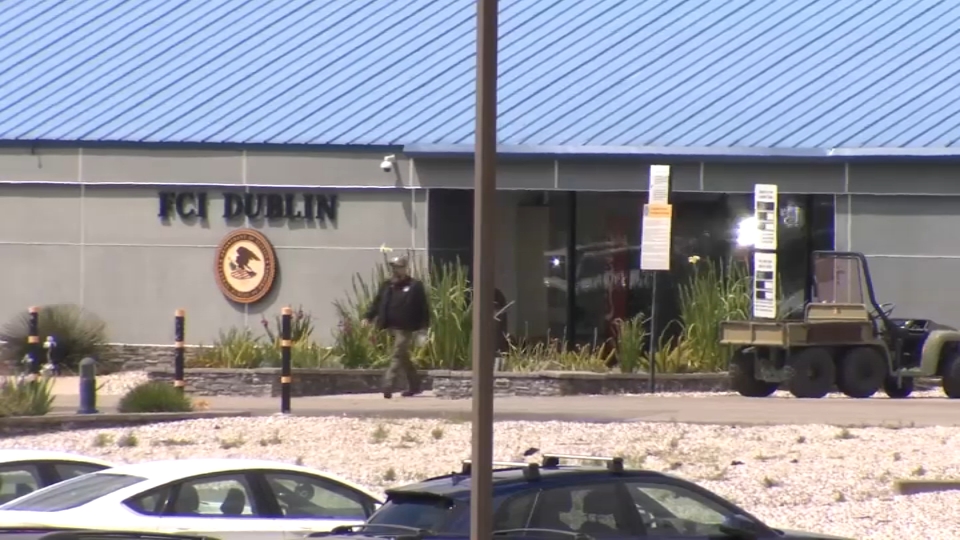California safety regulators who oversee PG&E never audited the complex network of high-voltage transmission lines now under suspicion in the Camp Fire, files reviewed by NBC Bay Area’s Investigative Unit show.
Although regulators audited and cited the utility during inspections on nine other parts of PG&E’s 18,000 mile transmission system since 2012, there is no record they checked the condition of the North Valley region where the fire started.
The California Public Utilities Commission is responsible for making sure the state’s power providers meet safety rules both in gas and electrical operations, including whether they meet stringent regulations on transmission lines that exceed 35,000 volts.
In a statement, the agency said that while an inspection time frame is not specified by law, it seeks to audit all of the various parts of PG&E service territory once every five years. The agency added it recently sought more inspection staff “in order to meet that goal.”
The agency did not respond to questions, however, as to why it never audited the transmission system of the North Valley. The area includes steep terrain and transmission towers that date back to the early 1900’s.
An NBC Bay Area investigation revealed that a winter storm in 2012 toppled five transmission towers in the North Valley division, not far from where were the Camp fire started. PG&E now says six of the towers were replaced on the 115,000 volt Caribou-Palermo line by 2016.
Regulators had found problems in PG&E’s network of lower voltage lines in the North Valley during the decade before the fire, records show. One of those lower voltage lines is suspected of triggering a secondary fire near the town of Concow.
Local
In a Dec. 22, 2014 letter summing up findings of the most recent North Valley distribution audit, regulators identified 3,393 late repairs on the distribution network between January 2009 through September 2, 2014.
Violations they found included tree contact with equipment, a substandard pole and two transformers that were not bolted down properly.
In an earlier audit in November, 2011, regulators found PG&E failed to annually inspect or patrol more than two dozen of its distribution lines in Willows, Redding, Oroville in 2009, and lines in Redding and Red Bluff in 2010.
The 2011 audit also found the company failed to fix 1,107 identified problems on time.
In its responses to the audits, the utility disputed the repairs were actually late. In other cases, the utility told regulators it had either fixed the problems or disputed whether they constituted regulatory violations.
In a statement issued late Wednesday, the company said: “PG&E is committed to interacting with all our regulators in a completely transparent and ethical manner, at all times. As such, PG&E responded to 2011 and 2014 CPUC audits of its North Valley Division with details on the work performed in response to items raised in the audits.”
Dario de Ghetaldi, an attorney who filed a wrongful death suit against PG&E this week over the Camp fire, said regulators are likely overwhelmed with the task of monitoring the utility’s massive territory.
“I don’t think the CPUC can keep up with PG&E,” he said, given the company’s massive size and area. “For the CPUC and its budget, I don’t think they can keep up.”
Still, he says, regulators should have been far more aggressive, given the risk posed by the aging North Valley system that was highlighted by the 2012 failure of those five towers near the site of the Camp fire.
“They should have started a long time ago,” de Ghetaldi said. “Now it’s too late for a lot of people.”



